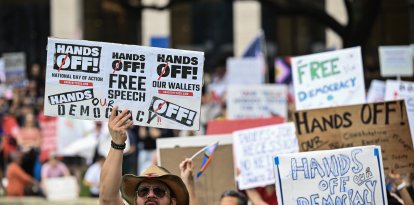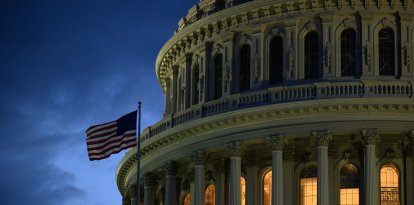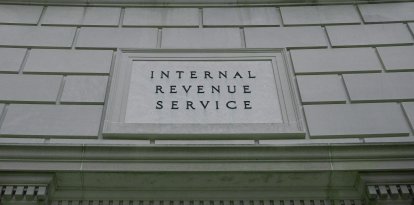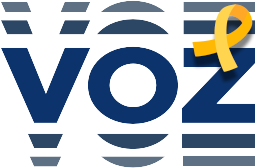Trump's first step in Congress: Johnson got his mega-bill through the House of Representatives
The House speaker managed to convince nearly all skeptical Republicans and he is confident the legislation will end up on Trump's desk.
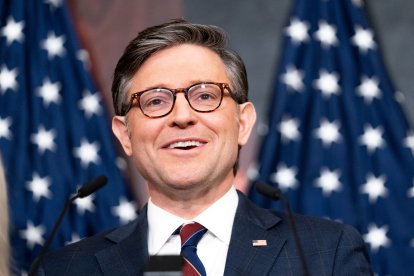
Mike Johnson on Capitol Hill/ Allison Robbert.
Donald Trump is one step closer to scoring his first legislative victory in Congress. As it turns out, legislation containing much of the president's agenda passed in the House of Representatives. Though always with calculator in hand, Mike Johnson managed to rally all Republicans to unite behind the Trump agenda.
Specifically, the House speaker had to convince four Republicans to vote for it: Thomas Massie, Victoria Spartz, Warren Davidson and Tim Burchett, had all voiced complaints related to the bill's spending level. In turn, some moderates raised their voices about cuts to sensitive social programs such as Medicaid.
Trump executed telephone diplomacy to convince skeptical Republicans and came to fruition with all but one.
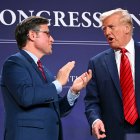
Politics
Trump opts for Johnson's proposal: a single giant bill to pass his agenda through Congress
Joaquín Núñez

Politics
Learn all about the legislative shortcut that could make Trump's life easier in Congress
Joaquín Núñez
Minutes after Johnson told reporters he had the votes, the Budget Reconciliation bill passed by 217 votes to 215. Due to the slim Republican majority, compounded by vacant seats that still need to be filled through special elections, the Speaker could afford only one Republican leak, which in this case was Massie.
Although Trump has already publicly endorsed this House legislation over the Senate's split-in-two version, the upper chamber is still working on its bills.
What's in the House version?
- Among other things, the mega-bill pushed by House leadership includes the following:
- Set a minimum floor of $1.5 trillion for spending cuts across all committees, with an ultimate target of $2 trillion.
- A $4.5 trillion ceiling on the deficit impact of any GOP plan to extend the 2017 tax cuts.
- $300 billion in additional spending for the southern border and defense.
- An increase to the debt limit of $4 trillion.


Politics
Trump argued with Maine's Democratic governor and went viral: 'See you in court'
Joaquín Núñez
Johnson's disclaimer after the bill's passage
Just minutes after the vote, the House speaker released a statement along with the rest of the leadership. In addition to celebrating the passage of their version, they left a message for the Senate and assured that there is still a long way to go.
"Today, House Republicans moved Congress closer to delivering on President Trump’s full America First agenda — not just parts of it," began members of the House Republican leadership. In addition to Johnson, this group includes Steve Scalise, Tom Emmer and Lisa McClain.
In addition, they remarked that they are working with the committee chairs, as well as their Senate colleagues. "We have full confidence in their ability to chart the best way forward," they added.
"While there is still much more to do, we are determined to send a bill to President Trump’s desk that secures our border, keeps taxes low for families and job creators, restores American energy dominance, strengthens America’s standing on the world stage, and makes government work more effectively for all Americans," they sentenced.
">My joint statement with Majority Leader@SteveScalise, @GOPMajorityWhip, and @HouseGOP
— Speaker Mike Johnson (@SpeakerJohnson) February 26, 2025
Chairwoman @RepLisaMcClain on the passage of the House Budget Resolution:
Today, House Republicans moved Congress closer to delivering on President Trump’s full America First agenda — not just… pic.twitter.com/X2Wy7SFR3Z
What is Budget Reconciliation?
This process was created from the Congressional Budget Act of 1974 and has since been used 27 times, 23 of which ended successfully for the president in office with the legislation in question enacted.
Broadly speaking, it allows bills to move forward by circumventing the Senate's filibuster rule.
Under the Byrd Rule, named for Senator Robert Byrd of West Virginia, it can only be used on legislation that directly affects the budget on these issues:
- Increases or decreases federal government spending.
- Increases or decreases the revenue of the Federal Government.
- Changes the public debt limit
Issues outside this framework cannot be included in the Budget Reconciliation.
In terms of how it works, the House and Senate committees responsible for the affected areas (e.g., Finance or Commerce) draft the necessary changes as directed. They then send their proposals to the Budget Committee of each chamber, which combines them into a single reconciliation bill for debate sooner rather than later.
In turn, its content deals with it in stages. In a process known as "Vote-a-rama," senators can propose amendments and vote on them without limit before the final vote on the entire bill.
How many times per year can it be used?
"In practice, however, a tax bill is likely to affect not only revenues but also outlays to some extent (for example, via refundable tax credits). Thus, as a practical matter a single budget resolution can probably generate only two reconciliation bills: a tax-and-spending bill or a spending-only bill and, if desired, a separate debt limit bill," they explained from the Center on Budget and Policy Priorities.
RECOMMENDATION
